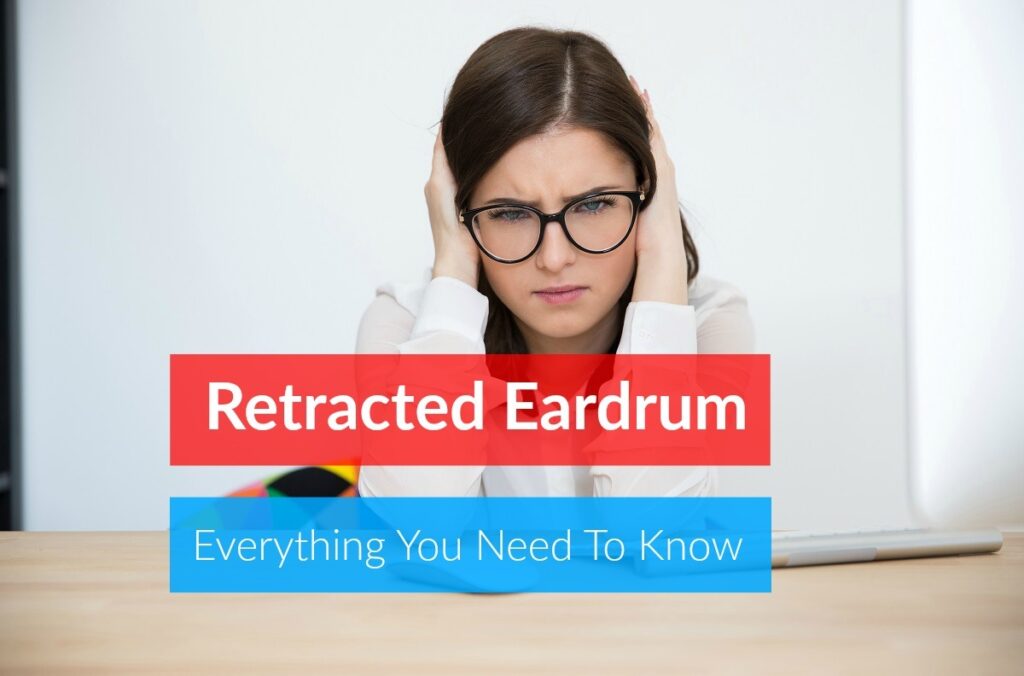This post will explain retracted eardrum. A retracted eardrum is one that seems concave. Doctor may likewise call a retracted eardrum “middle ear atelectasis.” To comprehend the conditions that might trigger this, you need to first comprehend a bit about the eardrum, announced the tympanic membrane, & the regular physiology of the average ear.
Retracted Ear Drum Overview and Treatment
In this article, you can know about retracted eardrum here are the details below;
Anatomy of the Eardrum & Middle Ear
The eardrum is a thin slice of tissue, extending from the auditory tube, which separates the middle & inner ear from the visible ear. Most of the eardrum is extended securely across the acoustic tube however other parts of the tympanic membrane are more drooping. Also check skin tag on eyelid.
The eardrum has several capacities including the transmission & amplification of sound waves & the protection of delicate ear structures.
The acoustic tube ensures that pressure in the center ear is equal to the pressure in the external ear or our circumstances. The auditory tube does this by remaining closed other than at specific times such as when we yawn or swallow. The auditory tube also clears mucous and other debris from the ears and enables it to drain pipes into the back of the throat.
Any condition that triggers acoustic tube dysfunction can impact the pressure inside of the middle ear. For instance, if the auditory tube ends up being blocked with mucus or other particles, appropriate air is not able to go into the middle ear and proper ventilation of the ear suffers.1.
Signs and Causes.
A retracted eardrum is deemed to occur when there is negative pressure in the middle ear. This so-called “vacuum impact” can cause the entire eardrum or only parts of the eardrum to appear retracted. When only certain parts of the eardrum end up being retracted, they are in some cases described as retraction pockets.2.
Lots of people with retracted eardrums experience some hearing loss which frequently disappears with sufficient treatment. Different symptoms vary depending on the cause of eardrum retraction.1.
The list below conditions are related to auditory tube dysfunction and might cause a retracted eardrum:.
– Middle ear infections.
– Fluid in the ears (likewise called otitis media with effusion or serous otitis media).
– Upper breathing infection.
– Chronic allergic reactions.
– Sinusitis.
– Enlarged adenoids or tonsils, which may obstruct television and prevent it from draining pipes.
– A history of chronic rupturing of the eardrum or a ruptured eardrum that does not heal properly3.
Problems.
A retracted eardrum is a sign of acoustic tube dysfunction and the underlying cause requires to be discovered and treated. If left unattended, the negative pressure inside the middle ear can cause other issues consisting of:.
– Erosion of the ear canal.
– Erosion of the little bones in the ear (specifically the incus and stapes) and possibly permanent hearing loss2.
– Cholesteatoma.
Treatment.
The treatment used to ease negative pressure in the eardrum depends on the root cause of your acoustic tube dysfunction.
Treatment may be as simple as utilizing nasal decongestants or steroids to relieve blockage and swelling or a course of antibiotics in the event of a central ear disease. Fluid in the ears will in some cases solve by itself.1.
If your symptoms are not too difficult and bothersome, your doctor may select to wait and see if it goes continuously spontaneously. Also check low carb diet.
In other states, such as fluid in the ears that does not settle on its own or that causes serious signs or hold-ups in a kid’s development, the surgical positioning of ventilation tubes may be necessitated.
These small synthetic tubes are positioned within the acoustic tube to keep it open and to permit adequate drainage and ventilation of the middle ear. The brief treatment is generally performed in a same-day surgical treatment setting.2.
While ventilation tubes will normalize pressure inside of the ear as long as they remain in place, the underlying cause for acoustic tube dysfunction still requires to be addressed. For instance, if enlarged adenoids are avoiding the acoustic tube from draining, the adenoids should be gotten rid of.3.
Conclusion:.
It’s worrying to hear that you or your kid is having an issue inside the ear where you can’t see it for yourself. Getting your symptoms inspected is the initial step to having the underlying issue dealt with. Working with your doctor, the next news you hear will ideally be good news for your acoustic health. Also check salicylic acid.
